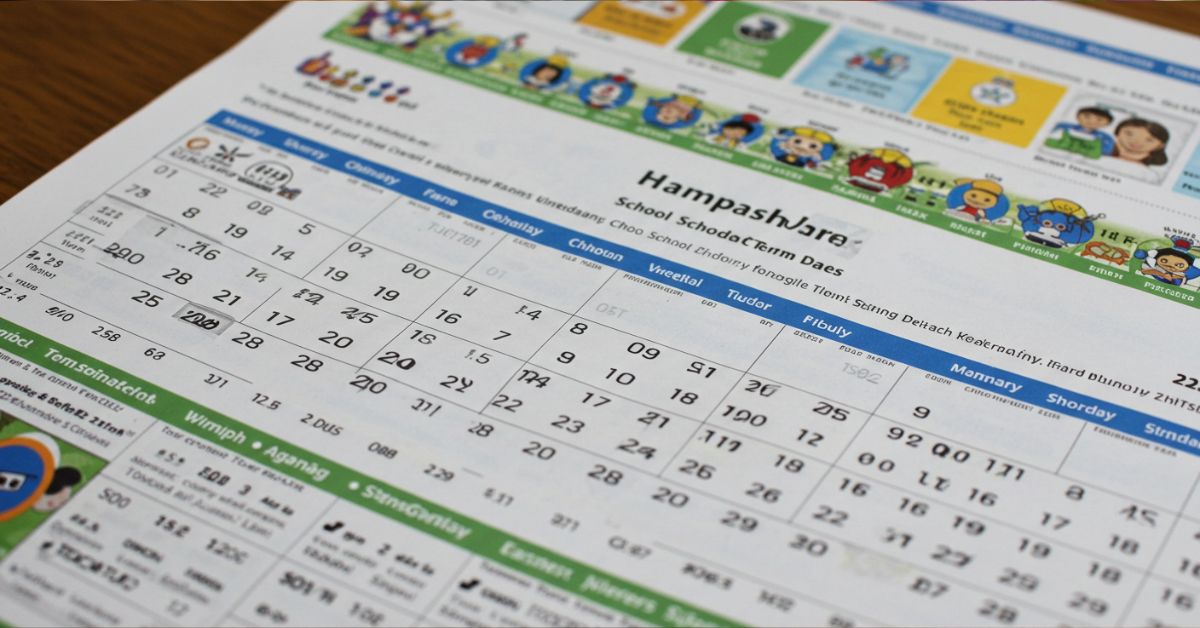Fence clips are small, but crucial components in the world of fencing. Whether you’re installing a new fence or repairing an existing one, these clips are often the unsung heroes that ensure the stability and security of the structure. If you’re considering adding or fixing a fence on your property, understanding fence clips’ types, uses, and the correct way to use them can save you both time and money.
This article delves into everything you need to know about fence clips, from their functionality to their different types and uses, and it includes a detailed comparison chart to guide your purchase. We’ll also explore tips for selecting the right clips and how to integrate them into your fencing project effectively.
What Are Fence Clips?
Fence clips are metal or plastic fasteners designed to attach different parts of a fence to its posts or to each other. They are used for a variety of fencing materials, such as wire, chain link, wood, and vinyl. These clips serve as an efficient and reliable way to secure the fence components without requiring complex tools or fasteners.
Also read this post: Ultimate Guide to Choosing the Perfect Mirror for Dresser
The Role of Fence Clips in Fencing Systems
Fence clips hold the fencing wire or mesh firmly in place on the fence posts. By doing so, they prevent movement and sagging of the wire, ensuring the integrity and durability of the fence over time. Without fence clips, fences might collapse or lose their tension, leading to costly repairs and potential security risks.
Types of Fence Clips
When selecting fence clips for your project, it’s essential to consider the type that best suits your needs. Different clips work with various fence materials, so understanding the distinctions is vital.
1. Wire Fence Clips
Wire fence clips are one of the most common types, often used for securing wire fencing materials to metal or wooden posts. These clips are typically made of galvanized steel, ensuring they’re resistant to rust and corrosion. They are available in various designs, such as:
- Single Loop Clips: These are simple, versatile clips that loop around the wire and secure it to the post.
- Double Loop Clips: Providing extra strength, these clips use two loops to hold the wire securely in place.
- Bent Clips: Typically used for more permanent installations, these clips have a bent shape to ensure the wire stays securely attached.
2. Chain Link Fence Clips
Chain link fences rely heavily on specific clips, commonly known as tension clips or “hog rings.” These are used to attach the chain link mesh to the frame of the fence. Chain link fence clips often come in two varieties:
- Tension Bands: These clips connect the chain link fabric to the fence posts, offering a tight, secure fit.
- Tension Bars: They provide additional support by holding the fabric in place along the bottom of the fence line.
3. Wood Fence Clips
Wood fence clips are designed to secure wooden planks or panels to the posts. These clips are typically U-shaped and made of galvanized steel or coated with a weather-resistant finish to prevent rusting. Wood fence clips ensure a firm hold on the wooden slats, preventing them from sagging or shifting.
4. Vinyl Fence Clips
Vinyl fencing, which is known for its low maintenance and durability, also uses specific clips. These clips are designed to hold vinyl panels in place without causing damage to the material. Vinyl fence clips usually come in various shapes, including:
- Panel Clips: These clips hold the vinyl panels securely against the fence posts.
- Gate Clips: Specifically designed for vinyl gates, these clips help maintain the gate’s alignment and secure it when closed.
5. Privacy Fence Clips
Privacy fences often feature slats or decorative panels designed to block out sightlines from neighbors or passersby. Privacy fence clips hold these panels in place, ensuring they stay aligned and upright. They can be made from a variety of materials, including metal and plastic, and are designed to blend in with the aesthetic of the fence.
The Importance of Using the Right Fence Clip
Using the wrong type of fence clip can lead to a host of issues, from the fence becoming loose or misaligned to complete structural failure. Here are a few key reasons why selecting the correct fence clip is essential:
- Security: Properly securing the fence ensures that it remains in place and offers the necessary protection. This is especially important for security fences around residential or commercial properties.
- Durability: High-quality clips, particularly those made of galvanized or stainless steel, provide long-term resistance to rust, wear, and the elements.
- Aesthetics: Choosing clips that blend seamlessly with the fence material will improve the overall appearance and finish of the fence.
- Ease of Maintenance: Some fence clips are designed for quick and easy replacement, ensuring that maintenance is not a hassle.
Fence Clips Comparison Chart
Below is a comparison chart of the various types of fence clips, highlighting their materials, typical uses, and key features.
| Clip Type | Material | Common Uses | Key Features |
| Wire Fence Clips | Galvanized Steel | Attaching wire to wooden or metal posts | Simple, adjustable, corrosion-resistant |
| Chain Link Fence Clips | Galvanized Steel, Aluminum | Securing chain link fabric to fence posts | Strong grip, long-lasting, prevents sagging |
| Wood Fence Clips | Galvanized Steel, Aluminum | Securing wooden planks to fence posts | U-shaped, weather-resistant, reliable hold |
| Vinyl Fence Clips | Plastic, Stainless Steel | Attaching vinyl panels to posts | Non-damaging to vinyl, discreet appearance |
| Privacy Fence Clips | Metal, Plastic | Holding privacy slats and decorative panels | Blends with design, sturdy, low visibility |
How to Choose the Right Fence Clip
Choosing the right fence clip can be a daunting task with so many options available. Here’s a step-by-step guide to help you make an informed decision:
- Assess Your Fencing Material: Determine what material your fence is made from (e.g., wood, vinyl, chain link, or wire). Different clips are designed for specific materials to ensure the best fit and performance.
- Consider the Fence’s Purpose: If you’re installing a security fence, for example, opt for heavy-duty clips that offer maximum strength. For decorative or privacy fences, choose clips that match the aesthetic and offer reliable support.
- Look for Durability: Select clips that are corrosion-resistant, such as those made of galvanized steel or stainless steel. If your fence is in a wet or high-humidity area, rust-resistant clips will ensure a longer lifespan.
- Check the Clip’s Compatibility: Ensure the clips are compatible with the type and size of your fence posts and wire. Measure the distance between the posts to confirm that the clips will hold the materials securely.
- Consider the Installation Process: Some clips are easier to install than others. If you’re a DIYer, look for clips that are simple to use and don’t require advanced tools or expertise.
Common Mistakes to Avoid When Using Fence Clips
- Choosing the Wrong Size Clip: Always match the clip size to the material thickness. Using clips that are too small or too large can cause the fence to become loose or misaligned.
- Over-tightening Clips: While it may seem logical to tighten clips as much as possible, over-tightening can damage the fence material or lead to unnecessary wear.
- Using Incompatible Clips: Using the wrong type of clip for your fence material or design can result in poor performance. For instance, wood fence clips should not be used for chain link fences.
Conclusion
Fence clips may be small in size, but they play an essential role in the durability, security, and aesthetic of your fence. By selecting the correct type of clip for your fencing material, you can ensure that your fence remains sturdy, secure, and visually appealing for years to come.
Remember to consider the specific needs of your fence, whether it’s a security fence, privacy fence, or decorative feature, and choose clips that match the purpose and materials. With the right fence clips, you can enjoy a long-lasting, low-maintenance fence that continues to perform at its best.
By following the advice in this guide and using the comparison chart to select the right clips, you’ll be well on your way to completing a successful fencing project. Don’t forget to check out your local hardware or online stores for high-quality, durable fence clips that are perfect for your next installation!







